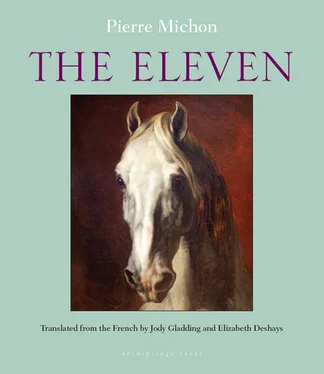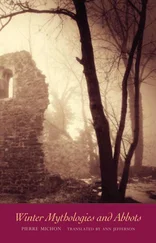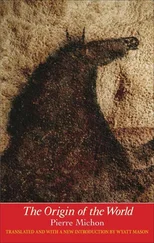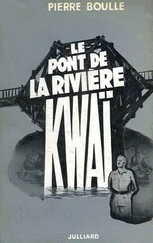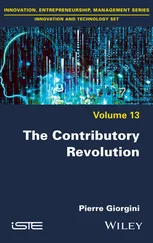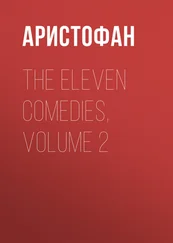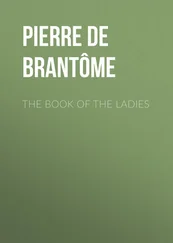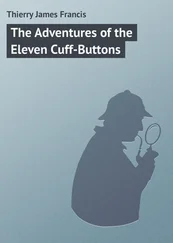So you can see, Sir, that I am coming back to the painting. The plume appears there three times. So consequently, three times the three colors. And the collars alla paolesca , eleven times.
Let us review them, from left to right: Billaud, Carnot, Prieur, Prieur, Couthon, Robespierre, Collot, Barère, Lindet, Saint-Just, Saint-André. The commissioners. Billaud, civilian clothes and boots; Carnot, the greatcoat, civilian clothes and boots; Prieur of the Côte-d’Or, à la nation , wearing the plume; Prieur of the Marne, à la nation , plume on the table; Couthon, civilian clothes and useless buckled shoes on his paralytic feet, in the sulfur chair; Robespierre, civilian clothes and buckled shoes; Collot, the greatcoat, civilian clothes and boots, no cravat; Barère, civilian clothes and buckled shoes; Lindet, civilian clothes and buckled shoes; Saint-Just, in gold; Jean Bon Saint-André, à la nation , plume in hand.
And all the collars, alla paolesca . It is a Venetian painting, Sir, do not forget that.
What has become of the night, Sir?
It has not moved. All four of them are still there in Nivôse in the sacristy lit only by the square lantern since the fire has died. They are under the triple screen of darkness, Nivôse, the Terror, the extinguished fire. The horses can no longer be heard. Corentin is still standing, he has finished closing the sack and is weighing it in his hand, he is not yet facing the sacrosanct canvas of The Eleven , to tell the truth, he is not thinking about that, he is thinking that it is heavy, that it is good; he is thinking of similar sacks passing long ago from Marigny’s hand to his own, he is thinking of the vanished beauty of maman-putain and the more lasting beauty of gold; he is thinking that it is all an excellent and profitable farce. He is wearing the crocodile’s smile. And still sitting in the radiant armchair, Proli is thinking similar thoughts, but from the perspective of the one who is paying and thus risking his head, wearing the crocodile’s smile as well, but more worried and as though already duped; his protruding eyes gleam a bit, Proli is closest to the glow of the lantern, almost visible. The bishop’s armchair bears him. Bourdon is there as well, no doubt wearing a nasty smile in the dark, he does not like the erstwhile manners of this Corentin, he does not like his little old wig, he does not like it that beneath the wig Corentin’s face slightly resembles his own, he would gladly reduce him, too, to the level of equality , as he said of the French church steeples when he wanted to have them all razed to the ground. And Collot is not in Shakespeare, he is here. Nevertheless he is a little in Shakespeare, necessarily, because all of this is nocturnal, Caravaggesque or Shakespearean, villainous. Gold gleams from Collot’s ear. And as always in these scenes where the men’s faces are finessed, shifted into the dark, suspended in shadow, the square light is falling squarely on the symbols, the holy table of the contract, from which the bones and gold have disappeared, and on the holy table what remains of bread and wine; also perhaps the cards and the dice tossed there as they left by the Sans Culottes, the good old extras, whose role is always to leave in place a few obvious symbols before clearing out. Corentin has already taken three steps, he is getting ready to put on his greatcoat before clearing out himself.
It is at this moment that Proli, from the depths of his ceremonial armchair, stops him curtly and speaks up again. He adds that the contract has two minor but imperative clauses, to which Corentin is bound.
First of all, he must paint this painting in the greatest secrecy, as a conspirator, without informing anyone at all, and he must keep it concealed until someone comes to collect it from him.
The second clause is that the Robespierrots, Saint-Just, Couthon, Robespierre, must be painted more visibly and centrally, more magisterially than the other members of the Committee, who should appear in it as minor figures.
Corentin agrees. He says that is how it will be.
Finally, Sir, I want to repeat here the reason for the commission, its small necessary and sufficient cause, the design of its sponsors. Who they are. And I know very well that you have read it in the little antechamber, that you are supposed to have read it — but I know you, Sir, you and your kind: in your reading you go immediately to what shines and what you crave, the skirts of maman-putain , the plume, the gold coins; or to what is perfectly matte black, the guillotine, Shakespeare; but the political quibbling you find tiresome, you skim over it. The drab history and theory, the class struggle and the infighting, you tell yourself you will read all that tomorrow. And I know very well that you do not need to hear it, but I need to tell you.
So here it is: no one knew yet in Nivôse if Robespierre was going to be triumphant or perish; and everyone’s fate hung on that knowledge. The roles were assigned, the hands were dealt, but the bets were not yet placed. In the panic, fleeting alliances were forged, those who wanted to compromise with Robespierre, those who wanted his defeat, those who wanted to pull out. Among those alliances, the one that concerns us — that concerns The Eleven — had found its source in one of the desperadoes of the Commune, among the delegates of the sections, vandals and melters of bells, those who had chanted ça ira in 1790, for whom ça was no longer fine at all; that handful of Communards who had put their trust in the most impassioned of the Hébertists, who lived under threat of the guillotine and were beyond worrying about costs. So much for the left wing of the alliance, those who would be toppled in two months’ time, in Germinal, into Hébert’s cart. As for the right wing, which would not be toppled in Germinal and would close the hand of Thermidor, the desperadoes had had the marvelous idea of appealing to Collot d’Herbois, a man whose sentiments were to the left and even beyond, but who had been driven by the reality of the situation to forge alliances on the right: as a representative returning from a mission, he overshadowed Robespierre; although he came back from Lyons penniless, he was grouped by Robespierre together with the most corrupt, Tallien, Fouché, Barras, and had to join forces with these men whom he disliked. Thus Collot joined Tallien and Barras; who then rallied the powers they had brought back from Bordeaux and Toulon, clinging to the slatted sides of oxblood carriages full of the ringing coins — the elite of the right wing, the bankers, the backbone of war. All this fine society had plotted together to save their heads from the basket. And among their devious plots (said to be Collot’s idea, the enigmatic Collot) was this one: to secretly commission a painting of the Committee in which Robespierre and his cronies would be represented in all their glory, a painting giving official existence to the Committee that theoretically did not exist, but by the simple fact of appearing in a painting would be taken for what it was: an executive power seated in the contemptible place of the tyrant, a tyrant with eleven heads, existing and well and truly reigning, and even presenting an image of its reign in the fashion of tyrants — or perhaps, if things took a different turn, if Robespierre affirmed his power without possible recourse, by means of the painting the Committee would appear as a very legally sanctioned executive power, the cream of the Representatives , fraternal, paternal, and legitimate as syndics or a conclave.
It was a joker, do you understand? This painting was a joker to be played at a crucial moment: if Robespierre really took power, the painting could be brought out publicly as spectacular proof of his grandeur and the reverence in which his grandeur had always been held; it would be declared that the painting had been commissioned in secret to pay homage to his grandeur, and to the great role for which he was destined; and it would tell him clearly that these men were with him, that they had even been represented with him, that they had insisted on the honor of appearing at his side. The fraternal alibi would be played. If on the contrary Robespierre faltered, if he was brought down, the painting could also be produced, but as proof of his unbridled ambition for tyranny, and it would shamelessly be claimed that it was Robespierre himself who had commissioned it secretly to have it hung behind the presidential rostrum in the subjugated Assembly, and to be worshipped in the abhorred palace of tyrants . And thus this painting, The Great Committee of Year II Seated in the Pavilion of Equality , as it was originally to be called, suddenly made public, would be evidence of flagrant abuse of power — the scene of the crime, you could say. That is the reason for The Eleven . Ah yes, Sir, we have to accept it, the world’s most famous painting was commissioned by the dregs of the earth with the world’s worst intentions.
Читать дальше
